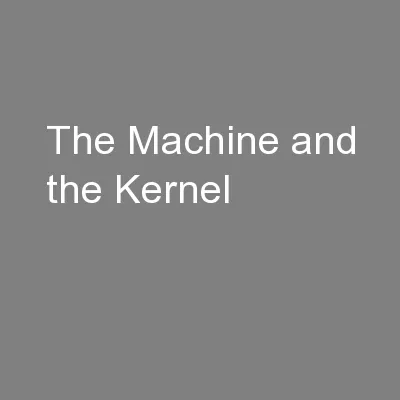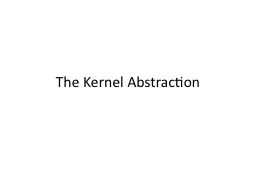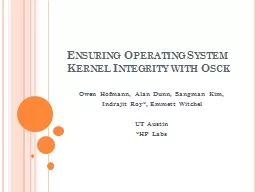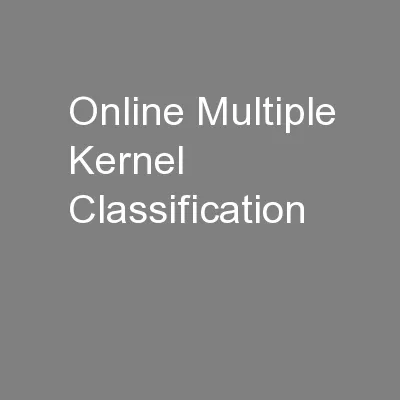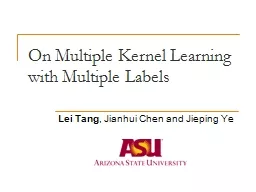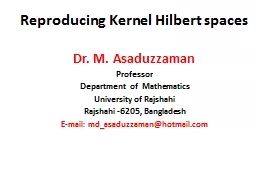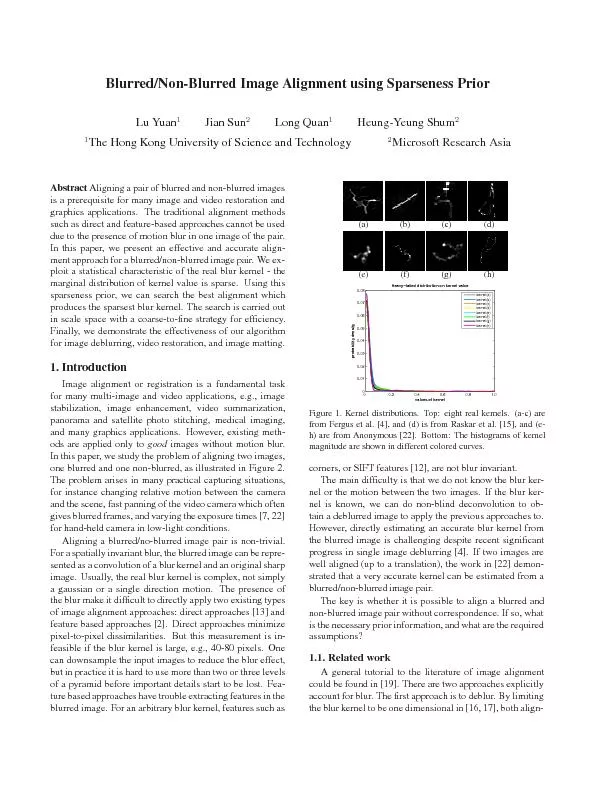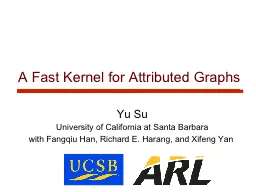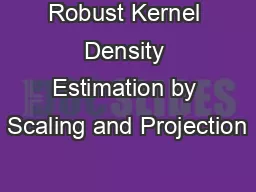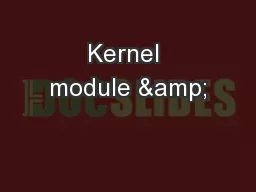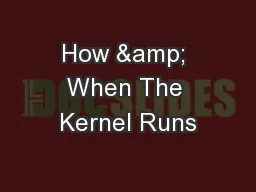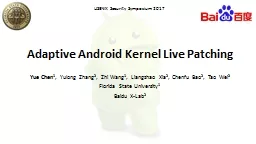PPT-The Machine and the Kernel
Author : jane-oiler | Published Date : 2016-07-16
Mode space and context the basics Jeff Chase Duke University 64 bytes 3 ways p 0x0 0x1f 0x0 0x1f 0x1f 0x0 char p char p int p int p p char p char p Pointers addresses
Presentation Embed Code
Download Presentation
Download Presentation The PPT/PDF document "The Machine and the Kernel" is the property of its rightful owner. Permission is granted to download and print the materials on this website for personal, non-commercial use only, and to display it on your personal computer provided you do not modify the materials and that you retain all copyright notices contained in the materials. By downloading content from our website, you accept the terms of this agreement.
The Machine and the Kernel: Transcript
Download Rules Of Document
"The Machine and the Kernel"The content belongs to its owner. You may download and print it for personal use, without modification, and keep all copyright notices. By downloading, you agree to these terms.
Related Documents

